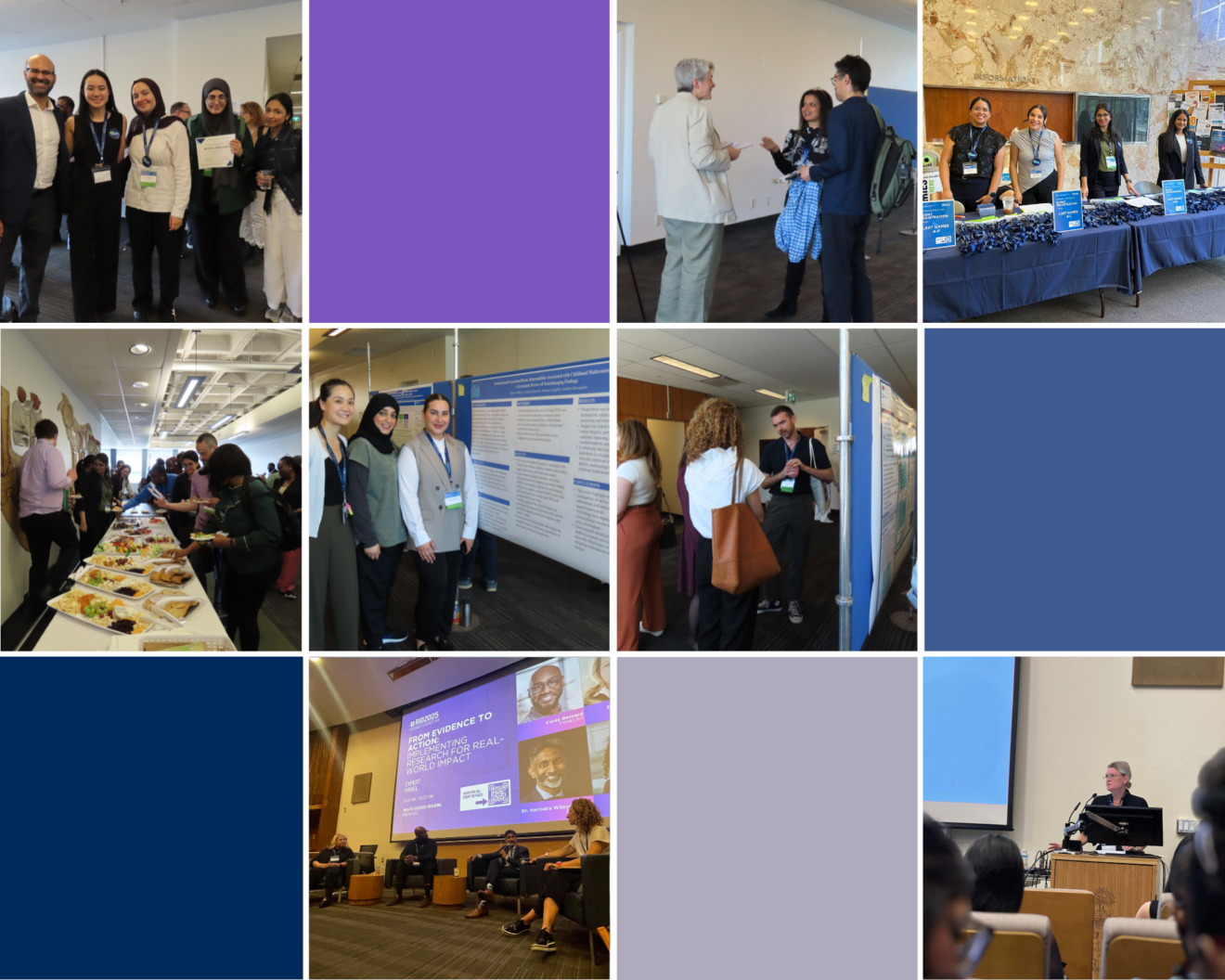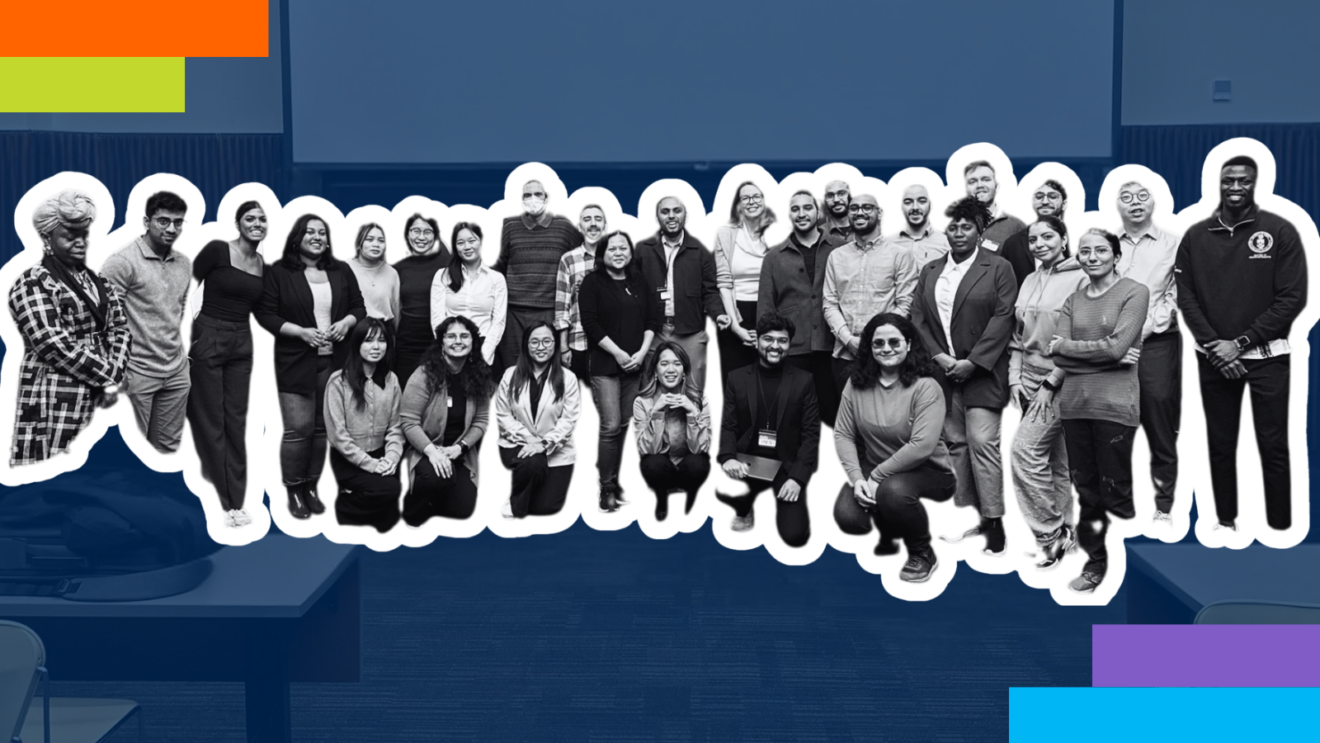
By Alisa Kim
The window of opportunity for literacy is narrow, closing for most by the age of 10 years. Early literacy is not only critical for academic success but confers socioeconomic benefits.
“If you can’t read and write well by the time you go to grade four, you have very little chance of being successful in school or graduating high school. It’s a major determinant of health and well-being” says Dr. Julia O’Sullivan, a professor at the Institute of Health Policy, Management and Evaluation.
She notes about 25 per cent of grade three students across Canada will be unable to read and write well enough to keep up as they progress through school. Among this group, those growing up in poverty, those whose first language is neither English nor French, Indigenous students, and children with special needs will be disproportionately represented.
O’Sullivan is committed to addressing the issue. She is chief advisor to the Model Schools Literacy Project, a partnership between First Nation communities throughout Canada, and the Martin Family Initiative. The program aims for 80% of children to read and write well enough at the end of Grade 3 to support ongoing school success.
There are 18 schools from coast to coast in Canada participating in the program. O’Sullivan likens her role to that of a symphony conductor—ensuring the necessary elements are in place and working harmoniously. As a former dean of education, she brings her expertise to the project, advising on strategy and leading the program’s evaluation.
“My job is to make sure that whatever we’re doing in the project, including the evaluations, is consistent with existing research on the teaching and learning of reading and how to improve it,” says O’Sullivan.
The program equips educators with skills and tactics to teach literacy—particularly to vulnerable children. All of the teachers involved in the project are graduates from teacher education programs at universities across Canada. “Teacher education programs don’t prepare teachers to teach reading well—especially for children who struggle,” says O’Sullivan. “The program provides four years of intensive support so they have the expertise they need to really help these children learn to read and write.”
First Nations schools chronically under-resourced
Steve Styers was principal of Walpole Island elementary school—one of two schools that participated in the pilot phase of the program, which ran from 2010 to 2014. Styers, who is a Mohawk from Six Nations Reserve, notes First Nations schools face long-standing systemic issues like insufficient funding. “We don’t have second-level services like school boards or third-level services like the Ministry of Education. When we want to write curriculum or change programming, it all has to happen in-house. We don’t have that team of curriculum writers like the Ministry does.”
The support provided by the Models Schools Literacy Project to First Nations education was “unheard of,” says Styers, who was the project’s founding director of leadership and community engagement after serving as principal of Walpole Island elementary school. He and O’Sullivan acknowledge the work of Vaughan Stoyka, a teacher who provided on-the-ground training to teachers at participating schools. “It was good old-fashioned literacy strategies: oral language, phonics, guided reading, shared readings, writing, reducing transition times, having your classroom organized to support literacy and a well-organised school library with beautiful books for children—all the fundamental things. Vaughan was teaching these things to teachers. Something very special about this program is that as she worked with teachers, she tailored professional development to the individual teacher—to their learning needs and strengths,” Styers says.
Teachers in the program strive to incorporate Indigenous language, history and culture into reading and writing activities. “We try very hard to use resources the children can see themselves in. Resources that reflect their environment and their community because if you are learning to read about people, animals, activities and legends you already know, because they’re part of your everyday life, it’s going to be easier, faster and better for you,” says O’Sullivan.
Boundless learning potential
Students’ reading skills are assessed using the Canadian Achievement Test, a standardized test that is suitable for use across the country. O’Sullivan notes there is a history of misuse of such tests with First Nations communities. “They have been used to stigmatize and discriminate against the children individually and against Indigenous communities and peoples in general. One of the things we worked really hard on with the schools was to have everyone confident that we could use these sorts of tests respectfully and in a nonstigmatizing way,” she says.
An evaluation of the pilot program showed dramatic results. Before it began, 13% of Grade three children read at grade level using the provincial assessment. After the program, 81% met or exceeded the provincial standard. “You can see on these tests these children can shine. They shone on the EQAO [Education Quality and Accountability Office tests]. When used appropriately they reflect how great they can do,” O’Sullivan says, smiling.
The program measures—down to the minute—children’s attendance of reading and writing lessons. O’Sullivan’s assessment of the program yielded stark insights on the importance of attendance: the vast majority of children who attended 90% or more of the time exceeded the reading standard on the Canadian Achievement Test; those who attend less than 70% of the time had great difficulty. “You need the children there, committed teachers in the classroom and consistent, powerful instruction. When you have all three, there’s absolutely no limit to what these children can achieve,” she says.
The evaluation of the project—involving more than 3,000 young children in 18 First Nations schools across Canada—is the only longitudinal assessment of an early literacy program. “It is a gift from these First Nations schools, who own all the data, to educators everywhere because it is answering questions relevant to other First Nations schools and to schools around the world working to improve early literacy,” O’Sullivan says.
Styers says the stellar results of the program would not have been possible without the engagement of the entire community. “We started calling our parents and guardians our ‘teachers at home.’ It was a testament to the hard work the students were putting forth, the hard work of the staff and the great support we got from families.”
The Model Schools Literacy Project is funded by Indigenous Services Canada.
Related News

Sign up for IHPME Connect.
Keep up to date with IHPME’s News & Research, Events & Program, Recognition, e-newsletter.
Subscribe to Connect Newsletter
Get in Contact
Communications
Marielle Boutin
Email Address: ihpme.communications@utoronto.ca





